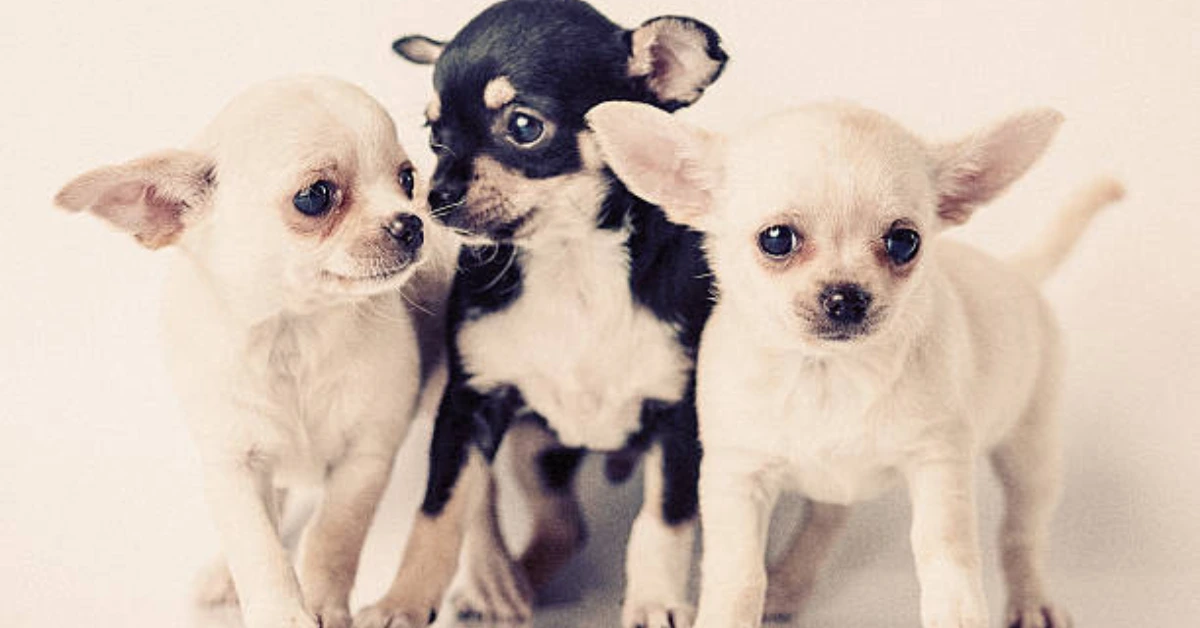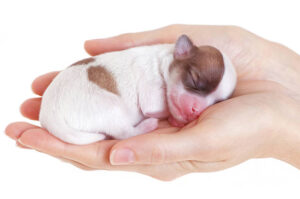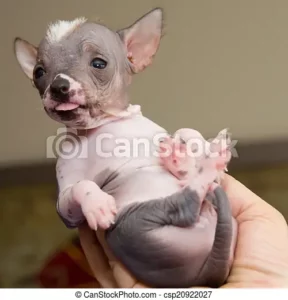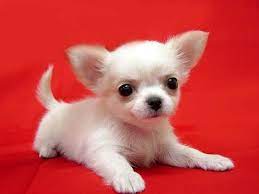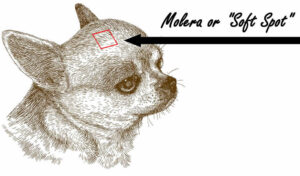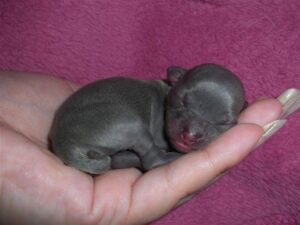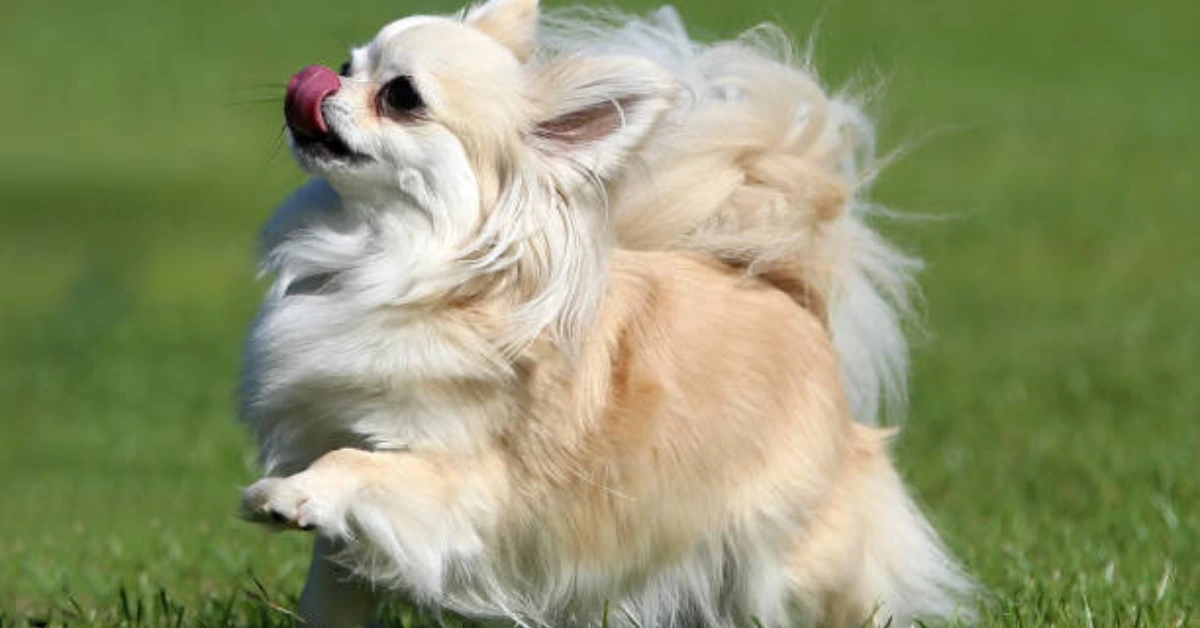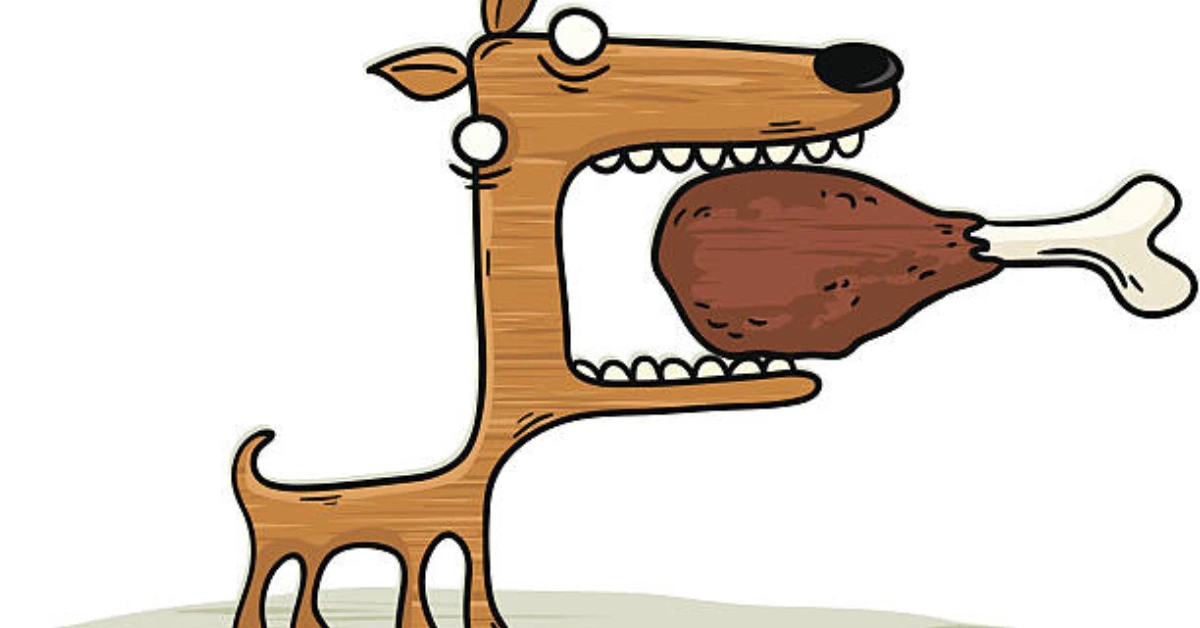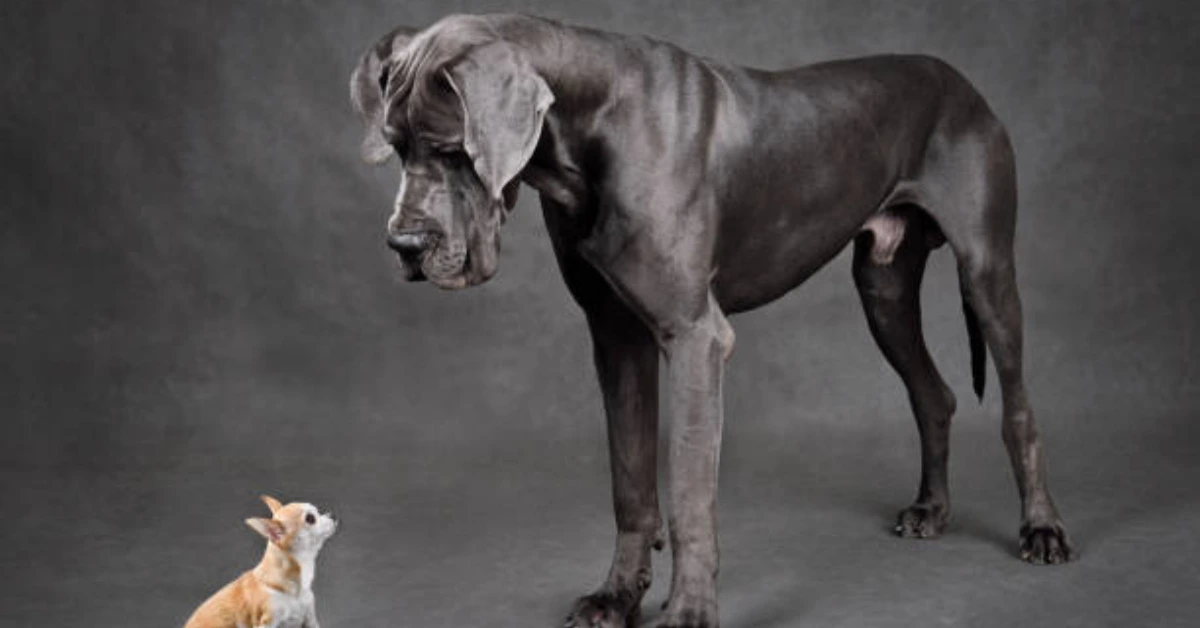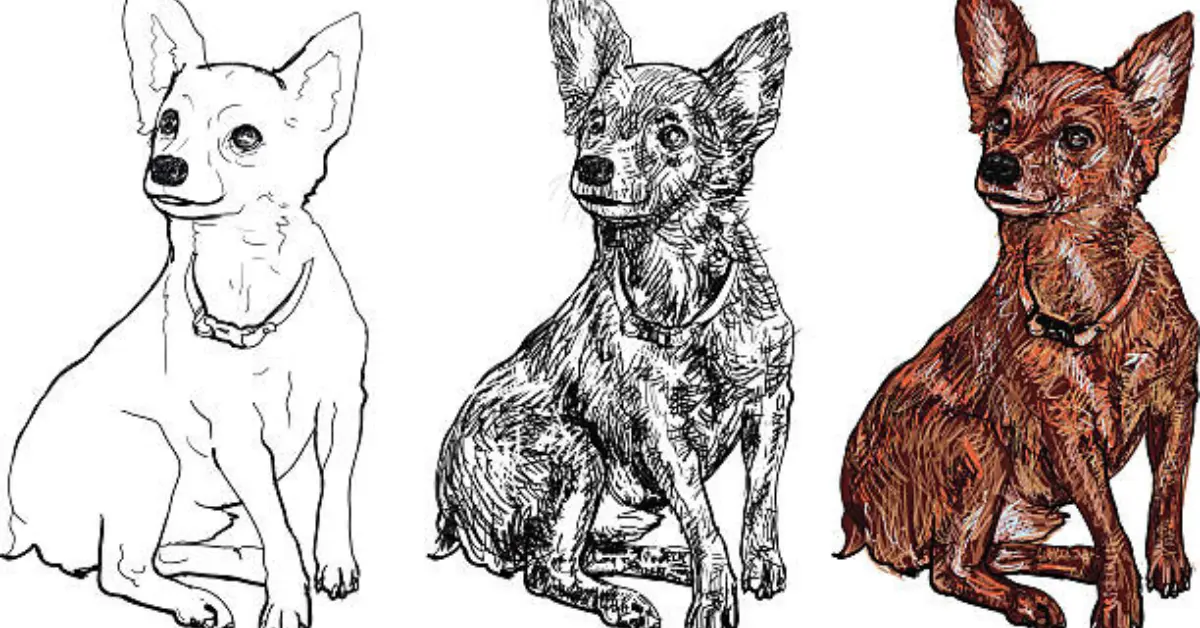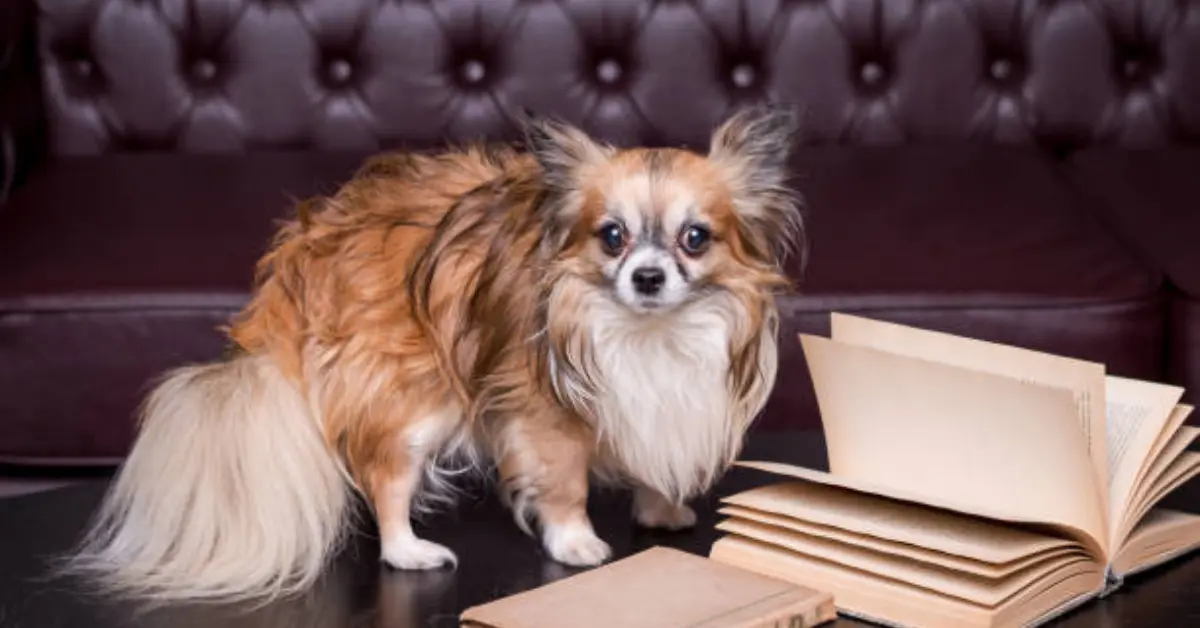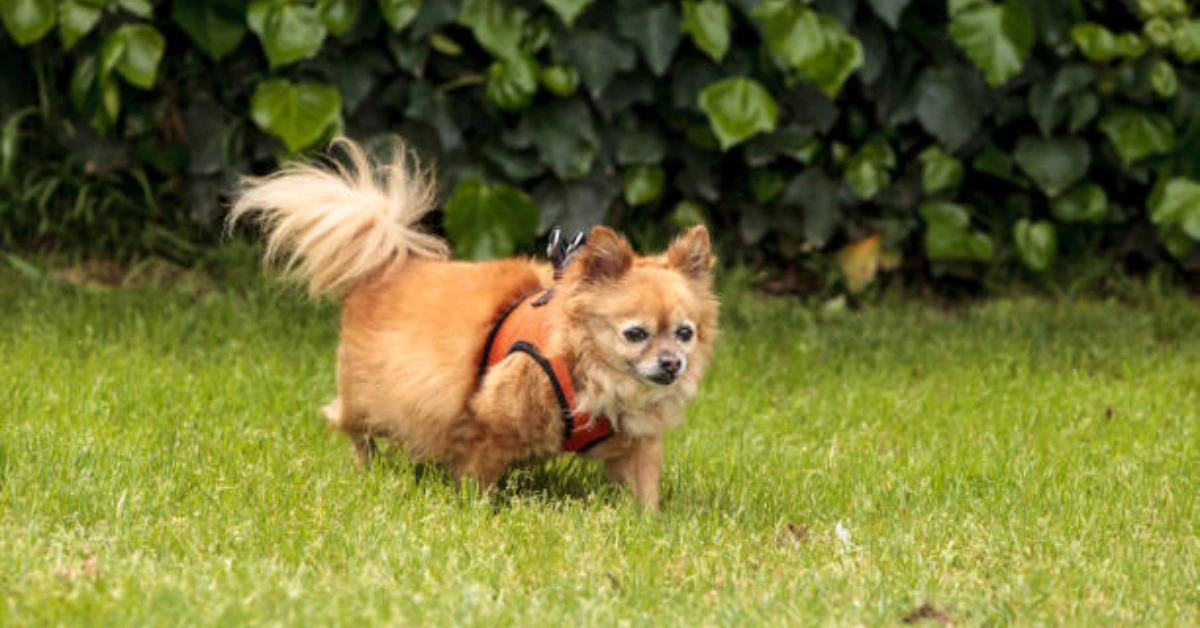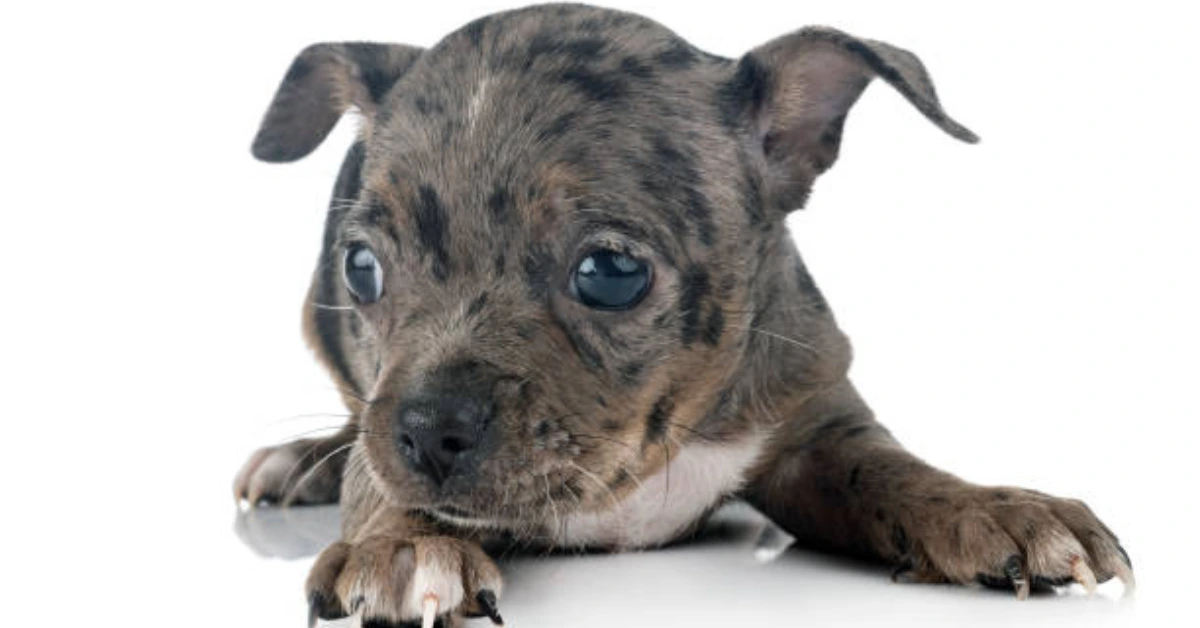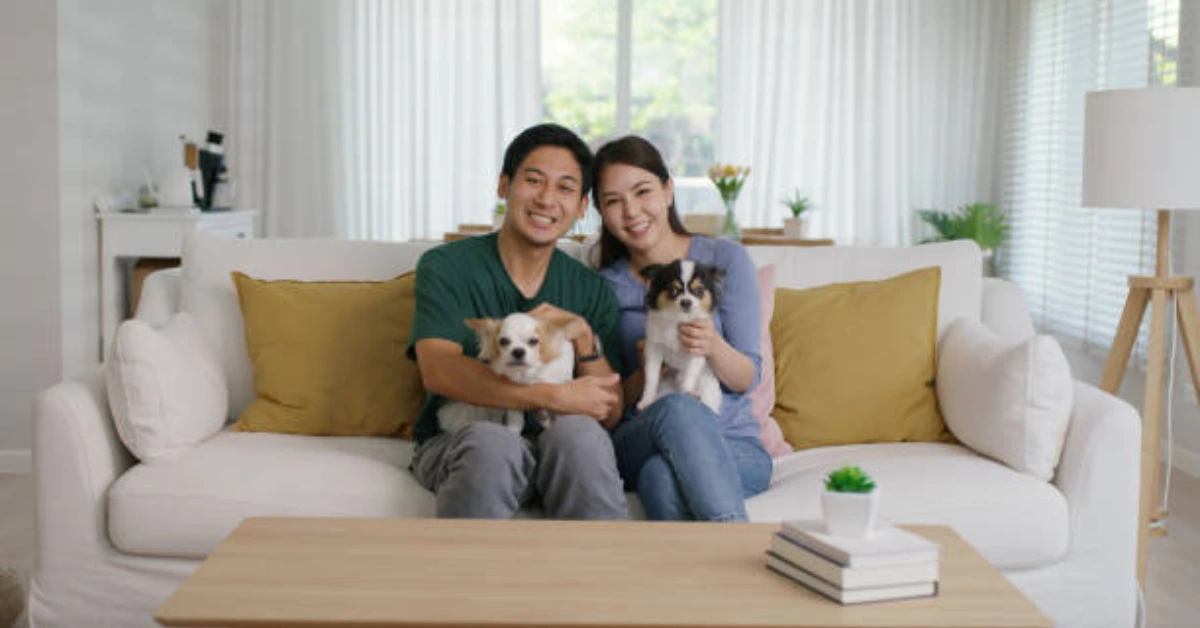Chihuahua babies are unique due to various characteristics that they don’t share with other dogs. Such as their tiny size, high confidence, facial features, and lively personalities. Their small size makes them look like puppies regardless of their actual age.
You might be wondering what makes chihuahua babies unique and what characteristics set them apart from other breed puppies. In this section, we will cover some interesting chihuahua baby facts.
1. Chihuahua puppies birth
The abnormal size small of chihuahuas makes giving birth to babies very difficult and hard. Even if the babies are small but their heads are relatively large. Also, the bone structure of chihuahuas is very small.
The veterinarian mostly will perform the cesarean section because the chihuahua female’s pelvis is just too small to give birth naturally.
The average size of a litter of a chihuahua is two to five.
2. Chihuahua puppy size
Their small size is part of what makes Chihuahua puppies so endearing to people.
Chihuahuas are the smallest dog in the world. This means that their babies will look incredibly tiny.
In fact, they can weigh as little as 2.5 ounces( 70 grams) on their first day. In order to put this number into perspective, put in mind that the average weight of an apple is 4.5 ounces. ( 127 grams).
Their small size makes them cute and adorable.
Even the largest chihuahua newborns will never reach the weight of 5.7 ounces. Until now we are talking about normal chihuahuas. This means that a teacup chihuahua will even look smaller, can you imagine?!
Chihuahua puppies will grow very fast until the age of 18 months. At this age, they will stop growing. If you notice that your chihuahua has a bigger shape that is abnormal, you have to seek your veterinarian’s advice.
3. Energy level
Chihuahua babies have a good amount of energy. However, Their tiny size doesn’t allow them to stay active for a long period of time. At this chihuahua puppies don’t require intense exercise or long walks. Running inside the house is good exercise for a chihuahua baby. Taking your chihuahua outside for short walks can help your chihuahua to test his senses. But if you notice that your chihuahua is panting heavily, this means that he is tired and needs to relax.
4. Chubby baby chihuahua
During their first days, chihuahua puppies may appear to be a little bit chubby. The tummies may look big relative to their tiny size.
Put in mind that there is no reason to be concerned about it. While the puppies are growing they may become slim and their tummies may look normal. Personally, I find that the shape of their tummies is very cute and adorable.
Yet, when a chihuahua baby exceeded the age of six months old and still seems a little obese. This means that there is a dysfunction in their diet or activity level. In other words, their calorie intake is not proportionate to their exercise. You are overfeeding your puppy.
Daily Physical activities are so crucial for your baby chihuahua. When they are young they like playing and running very much.
If you are not sure about their activity and the amount of food to give your baby chihuahua. Then it is time to ask your veterinarian.
5. Chihuahua puppies FEISTINESS
You should always expect sibling rivalry even if the litter is small. Chihuahuas puppies will respond automatically to their wild instinct. This is why they can be aggressive toward each other and may be tough towards their siblings. The rule of dominance in a litter is the larger one is the one who is dominant.
The competitiveness inside a litter will have a huge impact on the puppy’s character. In other words, small puppies who were weak and who were bullied by their siblings may grow up to be timider and obedient.
6. The Morela
Just like human babies, chihuahua babies will have fragile skulls. Because the skull is not fully formed yet. In other words, there is a hole in the skull, recognized as Morela.
By the age of six months, this hole will disappear and the skull will be strong enough. However, some chihuahuas will have this hole all their lives due to unknown genetic issues.
During this period the owner must be very careful because this area is very vulnerable to injuries. Also, the owner must let other family members be aware of this issue, especially kids. The owner and other members must hold the chihuahua baby carefully and never press her head.
7. Relaxed ears
In the first days of their lives, baby chihuahuas will have relaxed or flop ears. However, their ears will become erect within months. It is very rare to see an old chihuahua with relaxed ears.
Each chihuahua baby is unique. This means each one will take a different period of time to experience erect ears.
8. HYPOGLYCEMIA
Hypoglycemia is a health issue that can affect any baby chihuahua. It means that the level of blood sugar of the puppy has dropped too low. This condition has some symptoms including fatigue, lack of focus, abnormal movement, etc.
When this happens, it means that your puppy is in a tough situation. To help your baby chihuahua feed her.
Baby chihuahua who didn’t reach the age of three months old yet must eat at least three times a day.
Also, sugar syrup must always be available and reachable for a hypoglycemic emergency.
9. Chihuahua puppies’ temperament
The Chihuahua traits start to appear from a very young age. A chihuahua puppy will look highly confident, energetic, and sovereign. The puppy may behave as if he is the pack’s leader, he will always try to be the center of attention in the household. Even at a very young age chihuahua babies will show a big attitude. Also, these tiny creatures are loyal and protective.
10. Grooming
Grooming needs are directly related to the coat length of your chihuahua puppy. While a chihuahua puppy with short hair is considered low maintenance as she may require minimal grooming including systematic brushings and bathing. A long-haired chihuahua puppy will need brushings on a weekly basis to keep the coat healthy and shiny and to avoid tangles. Also brushing will help take out any debris. In other words, a long-haired chihuahua puppy will need more dedicated time and effort.
11. Breed Characteristics
Chihuahua puppies in various sizes and shapes. For instance, apple-head chihuahuas have a head that looks like an apple with large eyes. And deer head chihuahuas that appear more like a fox in shape. In addition, chihuahua babies come in different colors such as black, chocolate, fawn, cream, blue, etc. Furthermore, they can be either long-haired or short-haired.
12. Training
Chihuahua puppies are not the smartest dogs out there. However, they can do well with positive training. Make sure to establish some rules before starting the training with them. Chihuahuas understand very well the emotion of their owners. This is why you should never show your disappointment in front of them. Be consistent and positive and the chihuahua puppy will be very good in training.
13. Chihuahua baby supervision
Chihuahua babies are very small and vulnerable. For this reason, take a close eye on your puppy and never let her outside alone. The chihuahua at this very young age will look like a rat or squirrel. This means that predators such as hawks, coyotes, and eagles may easily mistake them for prey. Also, it is preferable to avoid any contact with children.
You can watch a video here of Hawk caught on camera trying to snatch Chihuahua in Texas front yard.
Last word
Chihuahua babies are so cute but they need commitment and a lot of care and effort. But what is beautiful about these creatures is that they never forget their parents’ sacrifices. While they grow chihuahuas will show unconditional love toward their owners. As mentioned earlier they are loyal, loving, and happy dogs and this will last for 18 years or even longer. As these tiny dogs have a long lifespan.
You May Also Like:
12 facts about long-haired chihuahuas
8 facts about senior chihuahuas
Advertisement

